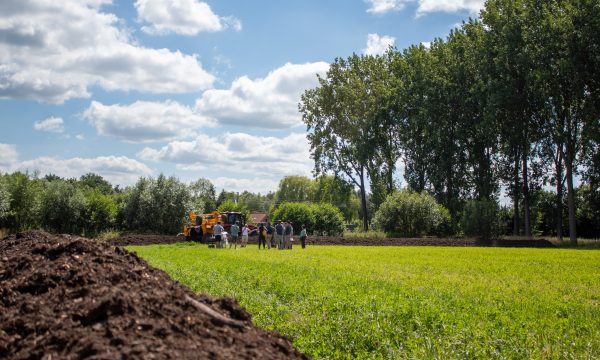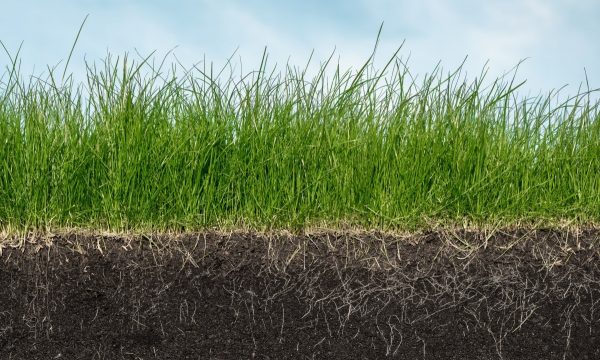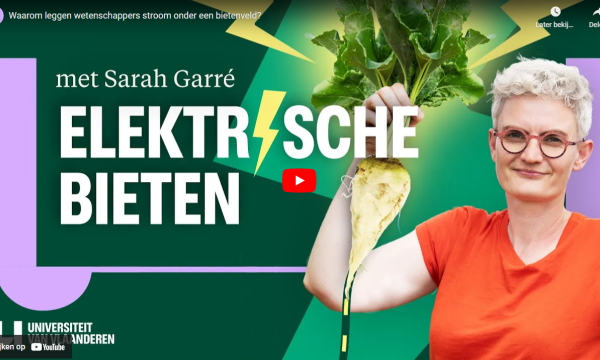Publication Nitrogen fertilization in field vegetables: an economic - ecological approach

Research aim
The efforts that farmers and gardeners have made to reduce nitrogen runoff from fields have already significantly improved the quality of surface and groundwater. In spite of these efforts, nitrogen losses from agricultural fields remain a problem in some areas, especially in areas that grow vegetables. Because of the intuitive feeling that reducing the nitrogen fertilization dose can reduce the yield quantity and/or quality, excessively high nitrogen fertilization doses are applied to vegetables, often resulting in high mineral nitrogen amounts in the soil at harvest.
When nitrogen fertilization is increased from low to optimal amounts, the amount of nitrate nitrogen remaining in the soil after cultivation remains fairly constant for most crops. This necessary nitrate-nitrogen residue is crop-dependent and usually remains fairly stable with increasing nitrogen fertilization rates up to a certain breakpoint after which the nitrate-nitrogen residue increases. Above the breakpoint, the risk of nitrate leaching increases.
Excessive nitrogen fertilization dosages can also have a negative effect on yield quantity and quality e.g. more susceptible to disease, undesirable nitrate increase mainly in leafy crops, and decrease in shelf life.
To find an economic and ecological optimum, yield quantity and crop quality as well as soil nitrate-nitrogen levels at harvest must be considered. In general, 95% of the maximum marketable yield amount is considered a prudent approach to apply nitrogen fertilizer doses that are both economically and environmentally sound.
VLM report (in Dutch): Stikstofbemesting in vollegrondsgroenten: een economische - ecologische benadering


